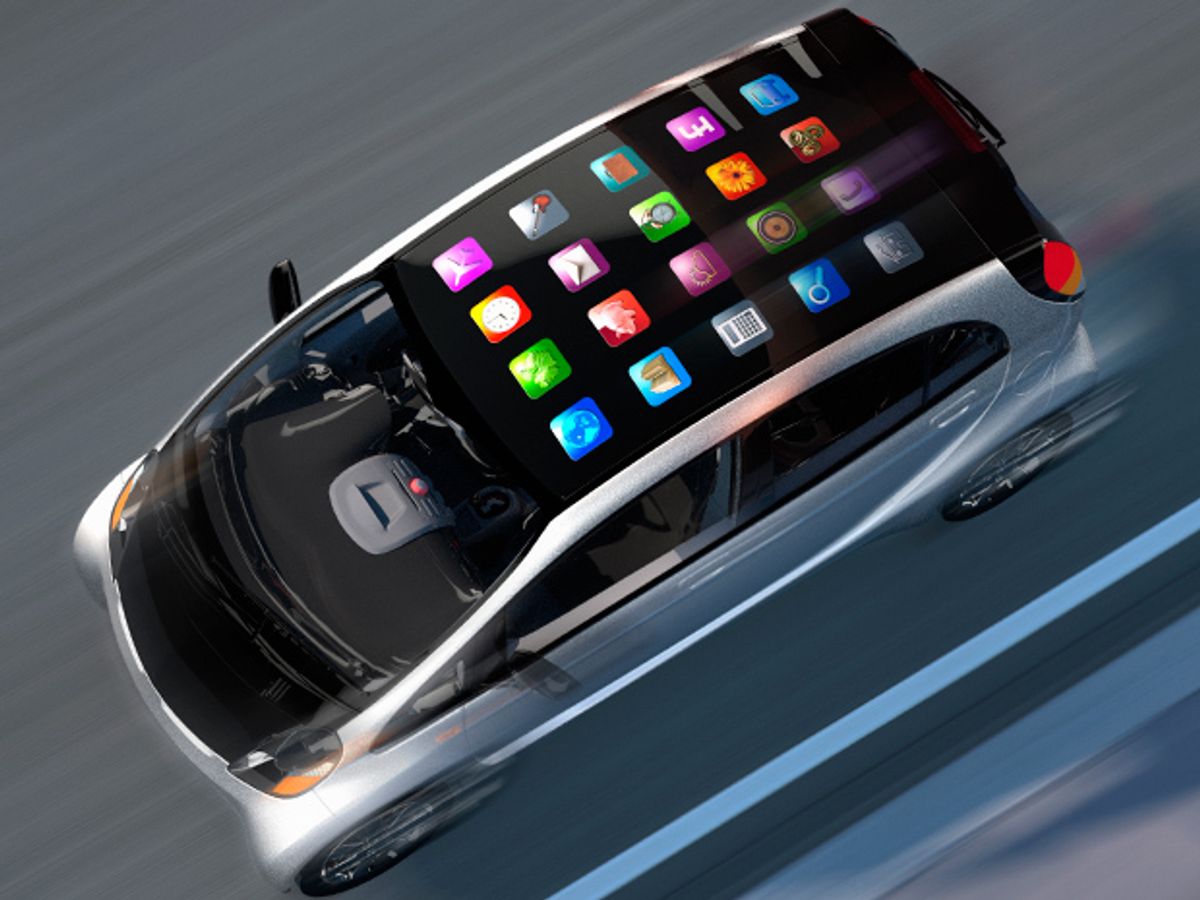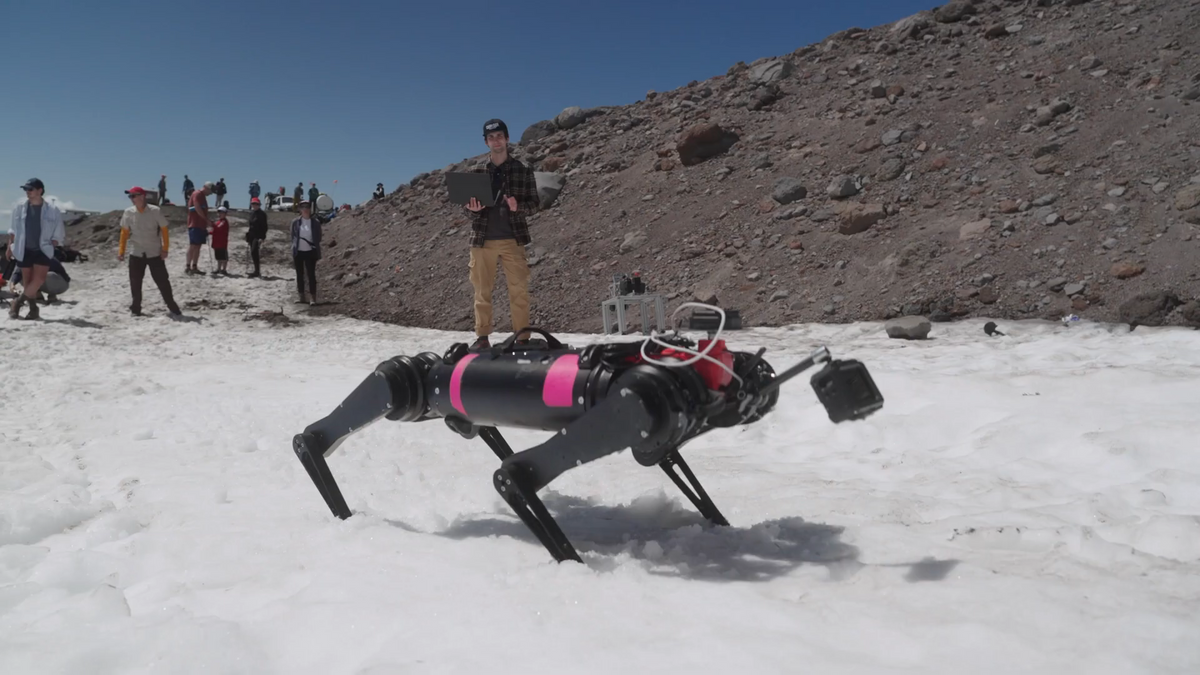Although today’s cars fairly drip with digital power, most of it is packed into discrete modules—as many as 200 of them. Tomorrow's even more automated cars will centralize that power both to reduce bulk and to make room for a strategic computing reserve that could be applied to things not envisioned when the car was designed.
So argues Josh Hartung in a commentary published recently on the Virgin site. “The key to this transition is known in the industry as ‘processor headroom,’ which is the extra capacity left over after the processor is done with all of its tasks,” he writes. “Today’s cars ship with very little processor headroom because they’ve been tested and verified to do a known set of tasks dependably well.”
Hartung compares the smart car to Apple’s original iPhone, wonderful to be sure but nowhere near so great as it became a year later, after Apple opened the App Store: “The power of the phone as a platform instead of a purpose-built device launched a ‘Cambrian Explosion’ of uses that existed previously only in science fiction.”
Hartung runs Harbrick, an automotive robotics startup in Idaho. He never says so in his commentary, but in March, Harbrick released an autonomous automotive operating system. The company says the system handles all major brands of automotive sensors, including LIDAR, and can easily accommodate sensors from unknown vendors.
What Apple did with iOS, its operating system for the iPhone, Harbrick obviously yearns to do for the self-driving car. So, no doubt, do many other companies. Remember how quickly Google confronted Apple with its own smartphone OS, in the form of Android?
All this is harder to do for cars than for phones because cars can crash. Engineers will have to satisfy safety regulators before they can start concentrating a medley of widely differing functions on a single processor. You wouldn’t want the part that’s finding your favorite radio program to get in the way of the part that’s watching out for a head-on collision.
Philip E. Ross is a senior editor at IEEE Spectrum. His interests include transportation, energy storage, AI, and the economic aspects of technology. He has a master's degree in international affairs from Columbia University and another, in journalism, from the University of Michigan.


